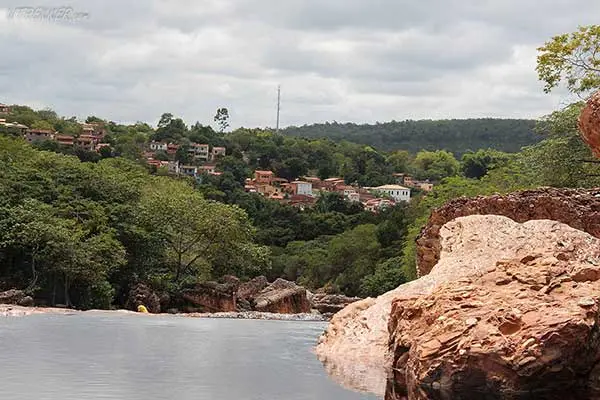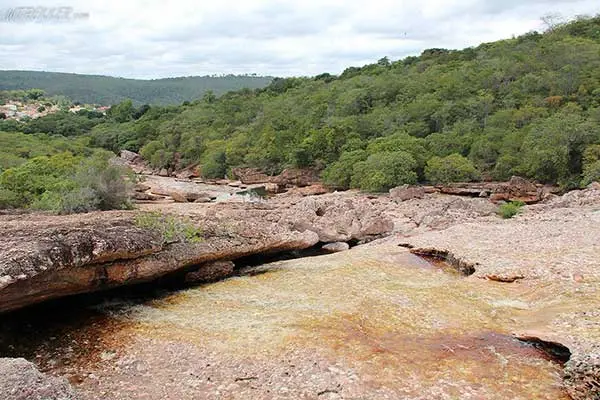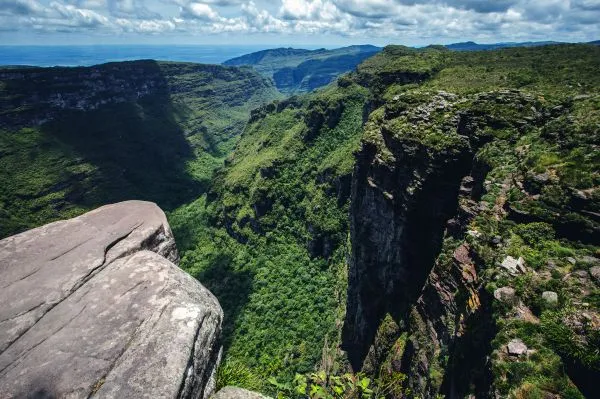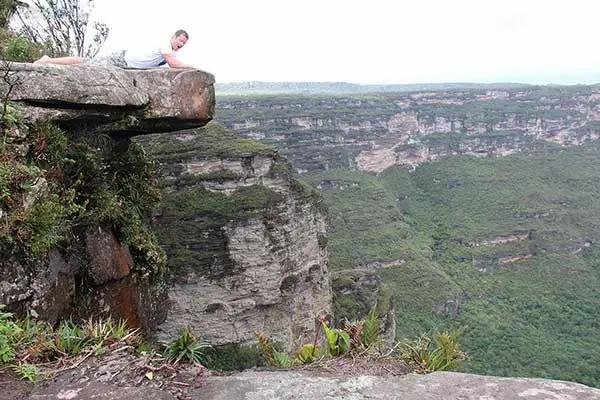The quest for a happy ending in Brazil
Part 4. Lençóis, Chapada Diamantina
Insights from the interior
What better way to travel a giant country than just taking the undemanding coastline track with a nice ocean breeze as your companion and following it as long as it takes you.
It is possible in Brazil, and you could continue doing that for an extremely long time until you end up reaching the Northeastern borders of French Guiana, or if you are heading south until you stumble on the borders of Uruguay.
The rural areas of any country, especially geographically large ones,
can be like visiting another country.
They should not be forgotten and sometimes require some extra effort and time, but they will also show you a cultural difference and another viewpoint of how things are. Good and bad.
I grabbed a bus from Salvador to the countryside - the interior of Bahia and 7 hours later I reached the tiny town of Lençóis.
Getting off the bus was like stepping into the twilight zone.
In comparison with a coastal view, you are suddenly buried inside a valley of nature, where you can smell mother Earth´s creation.
I was picked up by a scooter, sent from the hostel, and jumped on the back with my 20 kilos backpack.
5 minutes later, on slim roughed stone streets I was delivered at the main entrance. Apparently, I was the only guest that day. ;)
Lençóis view from the local river top
Lençóis is an old mining village filled with unevenly spread out cobblestones built on highland terrain.
Like other mining towns, it had its boom in the gems - Diamant marked before the more precious ones from Africa were discovered.
It was made into a national park in the mid-80s and today´s main revenue now comes from tourism.
What mostly attracts outside people to this particular part is Chapada Diamantina Park´s mountainous beauty filled with freshwater gorges - deep canyons and waterfalls. An adventures place for rock climbing and any type of hiking - trekking or natural escape.
I spent a few days familiarising myself with village surroundings.
I met some Brazilians from different parts of São Paulo at the hostel, and we partly joined company during my time here.
Mostly, for going out and having fun in the evenings.
The interior gets really hot. Even more, if you are packed inside a canyon without an onshore breeze passing you by.
You need some way of cooling down. I uncovered from the locals that their secret is called ´´Ribeirão do Meio``, a cold freshwater stream flowing from the mountains and down through the dale only 30 minutes from town, creating a smooth rock surface and cool pond area of pure brown mineral water. An in-house paradise that would greatly become a part of my daily routine during my time here.
The brown watercolour is from plant minerals and completely natural
Smooth testing Ribeirão do Meio rocks
Some days later after having succumbed to the laidbackness of Lençóis while enjoying my newly discovered rock sliding bliss, I joined a small hiking tour into Chapada Diamantina park towards the second-highest waterfall in Brazil, Cachoeira da Fumaça.
Historie
Chapada Diamantina
Chapada Diamantina lies at the centre of Bahia State and is part of a large Mountain range called Serra do Espinhaço.
It is shared by the states Minas Gerias to the south and Bahia to the North and covers more than 1000 kilometres with most elevations above 500 metres.
It is an enormous area and you can easily forget the pure size of it and Brazil, once long distances become second nature to you.
Fumaça
Until half a decade ago, Cachoeira da Fumaça was the tallest waterfall ever registered in Brazil at 340 meters.
It was not noticed in a wider public manner until bush pilot George Glass stumble upon it while flying over the area in 1960.
Astonishing enough in the middle of the Amazon a slightly taller one was discovered within recent years. Cachoeira do Aracá with only 13 meters higher at 353 meters. The official name today is Cachoeira do El Dorado (Why? Dick into history and the puzzle will assemble) however for the local Brazilians it will always only be known as Aracá.
The great waterfall and its canyons lie inside of Vale do Capão
The closes entry point to Fumaça waterfall is a few hours drive from the town into Diamantina national park.
Some walk the whole trip from the village to add to the experience, before making it to the beginning of the main trail.
This will extend 5-7 hours to your choice while prolonging your 1-day trip into 2-3 days.
The trail is a blend of steep climbs and light trekking while traversing
through the plains and small freshwater swamps before reaching the edge of the almost 400-meter drop, with Fumaça spilling its long slim tongue into eternity.
A 340 meter drop from Cachoeira da Fumaça

One week of losing myself in nature with no limitations rebooted my taste and curiosity. The hunger for a new venture was luring closely.
I was already eyeing the next destination.
A destination I still did not know.
TO BE CONTINUED...
→ The quest for a happy ending in Brazil → Part 5. The bliss of the north


